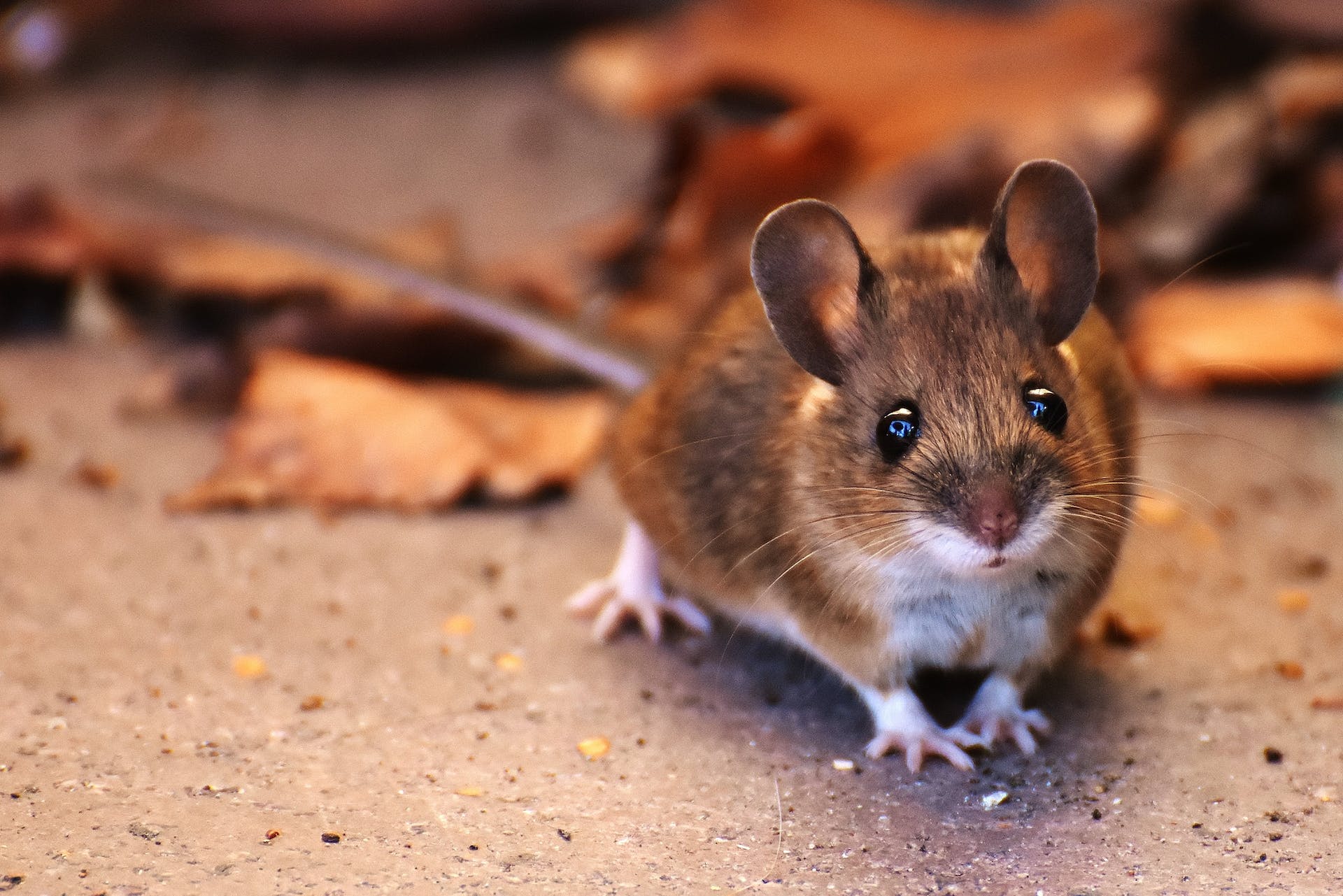In North Liberty, where pets are considered part of the family, ensuring their safety during pest control operations is paramount. Traditional pest control methods often use chemicals that can be harmful to pets. However, with increasing awareness and advancements in pest control technologies, there are now safer ways to manage pests without compromising the health and safety of our furry friends.
Understanding the Risks to Pets
Pesticides, if not used or stored correctly, pose significant risks to pets. They can experience pesticide poisoning through ingestion, inhalation, or even skin contact. Symptoms may include vomiting, diarrhea, lethargy, seizures, and, in severe cases, death. Thus, understanding how to manage pest control while keeping pets safe is crucial for pet owners.
1. Natural and Pet-Safe Pest Control Methods
One of the most effective ways to ensure pet safety is to use natural or pet-friendly pest control methods. These include:
- Diatomaceous Earth: A non-toxic powder that can be used to control various pests like ants, fleas, and bedbugs.
- Essential Oils: Certain oils like lavender, peppermint, and lemongrass act as natural repellents but should be used cautiously as some can be harmful to pets.
- Biological Controls: Introducing natural predators or using bacterial insecticides that target specific pests without harming pets.
2. Safe Use of Chemical Pesticides
If chemical pesticides are necessary, taking certain precautions can minimize risks to pets:
- Choose Pet-Safe Products: Opt for pesticides labeled as safe for pets and follow the instructions meticulously.
- Restrict Access: Keep pets away from treated areas until the pesticide has dried or as recommended by the product instructions.
- Proper Storage: Store pesticides in a place inaccessible to pets.
3. Professional Pest Control Services
Professional pest control services often offer pet-friendly options. They can assess the situation and apply treatments that are effective against pests while being safe for pets. It is important to inform them about the pets in your household so they can take necessary precautions.
4. Regular Cleaning and Maintenance
Preventing pest infestations through cleanliness and regular home maintenance is a pet-safe approach. This includes:
- Regular Cleaning: Keeping your home clean, especially food residues and crumbs, to not attract pests.
- Proper Food Storage: Storing pet food in airtight containers.
- Sealing Entry Points: Closing off any cracks or openings to prevent pests from entering.
5. Educating Yourself and Your Family
Understanding the types of pests common in North Liberty and how to safely manage them in a household with pets is vital. Educate family members, especially children, about the safe handling and storage of pest control products.
Conclusion
In North Liberty, ensuring the safety of pets during pest control requires a balanced approach that combines vigilance, safe practices, and the use of pet-friendly pest control methods. By prioritizing the health of pets, homeowners can effectively manage pests without putting their furry family members at risk. It’s about creating a safe, pest-free environment where both humans and pets can coexist harmoniously.

